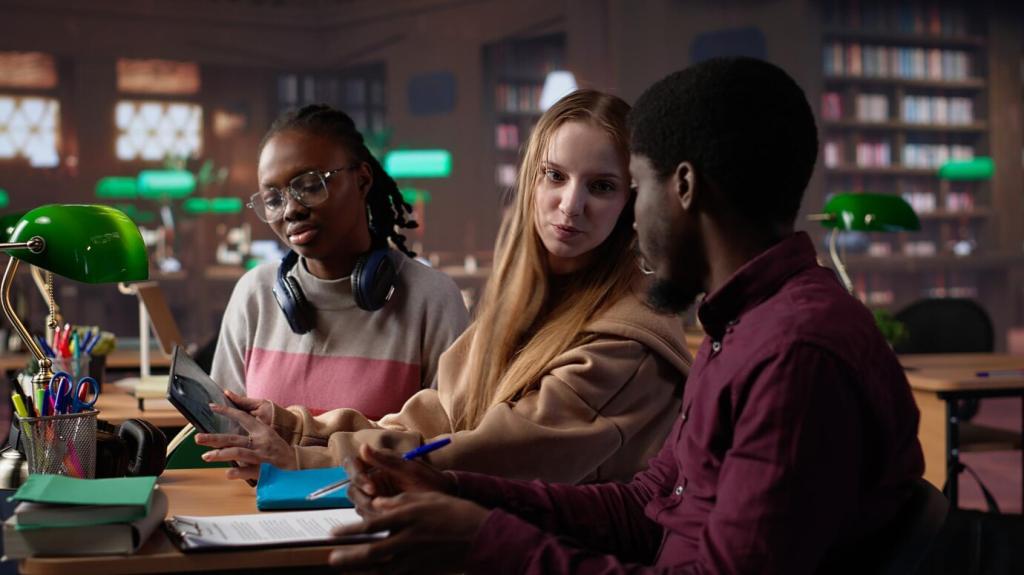Integrating Virtual Reality into Classroom Learning
Virtual reality, or VR, is ushering in an exciting era for education, fundamentally transforming how students experience and engage with learning material. By immersing learners in interactive, 3D environments, VR offers hands-on opportunities and brings abstract concepts to life. This technology doesn’t just supplement traditional approaches—it’s rapidly becoming a powerful tool for teachers to inspire curiosity, creativity, and deeper understanding. In this comprehensive guide, we’ll explore the multifaceted benefits of integrating virtual reality into classroom learning, from elevating engagement to supporting diverse learning styles and preparing students for a technology-driven future.

Previous
Next
Understanding Virtual Reality in Education
Educational technology has evolved rapidly over the past decades, progressing from chalkboards and overhead projectors to computers, tablets, and now immersive experiences like VR. This trajectory reflects an ongoing desire to enhance teaching methods and adapt to the changing needs of students. Virtual reality stands at the forefront of this shift, providing educators with new possibilities that were once confined to the realm of imagination. As classrooms integrate more advanced tools, VR represents the latest leap toward interactive, student-centered learning environments.
Previous slide
Next slide
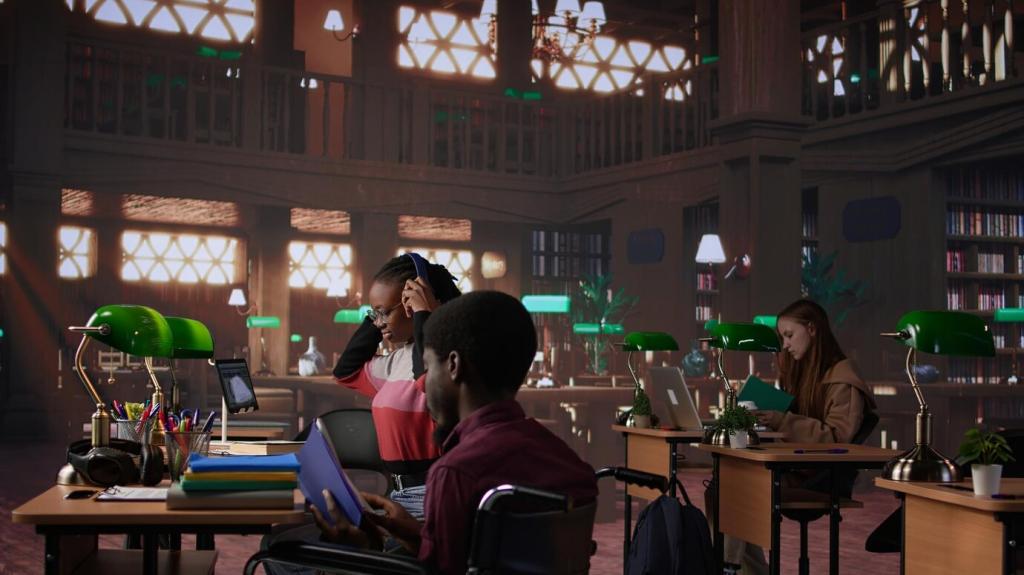
STEM Education Through Simulation
In science, technology, engineering, and mathematics (STEM) subjects, VR brings complex concepts to life through realistic simulations. Whether visualizing microscopic organisms in biology, testing theories in physics, or navigating virtual architectural designs, students gain a hands-on grasp of challenging material. VR can simulate dangerous experiments or equipment, allowing for safe, repeatable practice. This immediate, interactive approach not only enriches understanding but also encourages experimentation and critical thinking among students.
Humanities and Social Sciences Exploration
VR offers unique value in humanities and social sciences by making history, geography, and culture tangible. Students can virtually walk through ancient ruins, witness pivotal historical events, or explore diverse ecosystems and societies around the globe. Such experiences foster empathy and global awareness, as students become ‘virtual travelers’ and witnesses to world events. The ability to personify historical figures or immerse in different cultural contexts ensures a memorable and impactful approach to learning, deepening comprehension and retention.
Artistic Expression and Creativity
Artistic disciplines also benefit tremendously from immersive technology. Virtual reality allows students to create and manipulate digital art in three dimensions, experiment with music composition, or stage virtual performances. These innovative tools transform the creative process, enabling students to visualize and interact with their work in entirely new ways. For educators, VR opens up new possibilities for facilitating group projects, critiquing artwork, or introducing students to world-class museums and performances—all without leaving the classroom.
Overcoming Implementation Challenges
Cost Considerations and Funding
The financial investment required for VR equipment, software, and network infrastructure is a significant barrier for many schools. However, costs are gradually decreasing, and potential funding opportunities are emerging. Schools can explore grants, partnerships with technology companies, and shared resources to defray expenses. Leasing devices or using mobile-based VR options can also make integration feasible for a broader range of institutions. By strategically planning resource allocation and seeking external support, schools can overcome initial financial roadblocks.
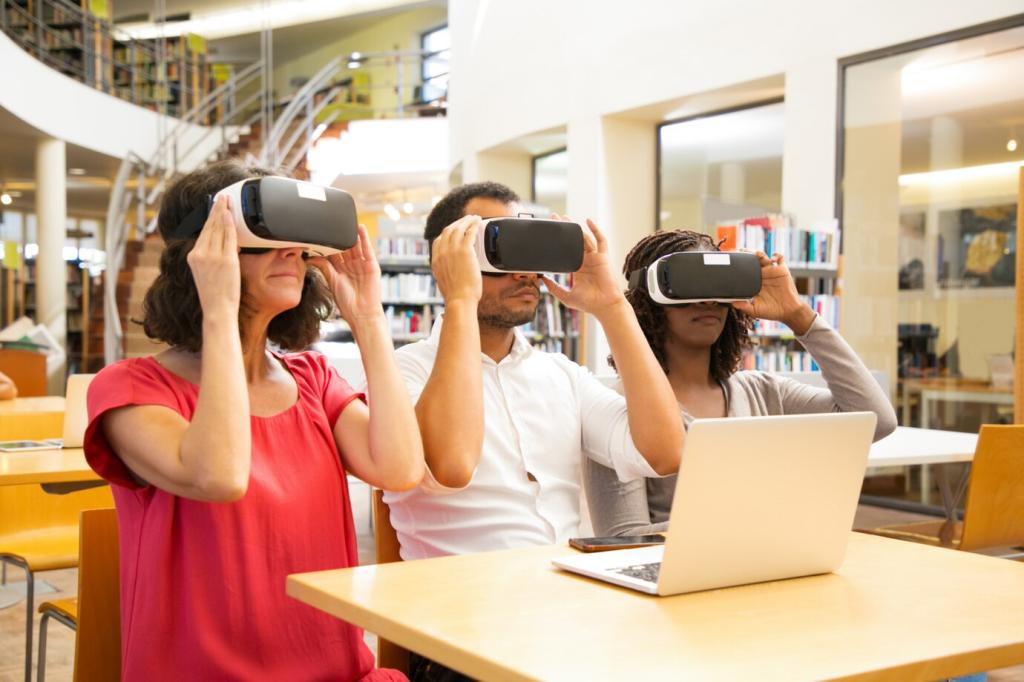
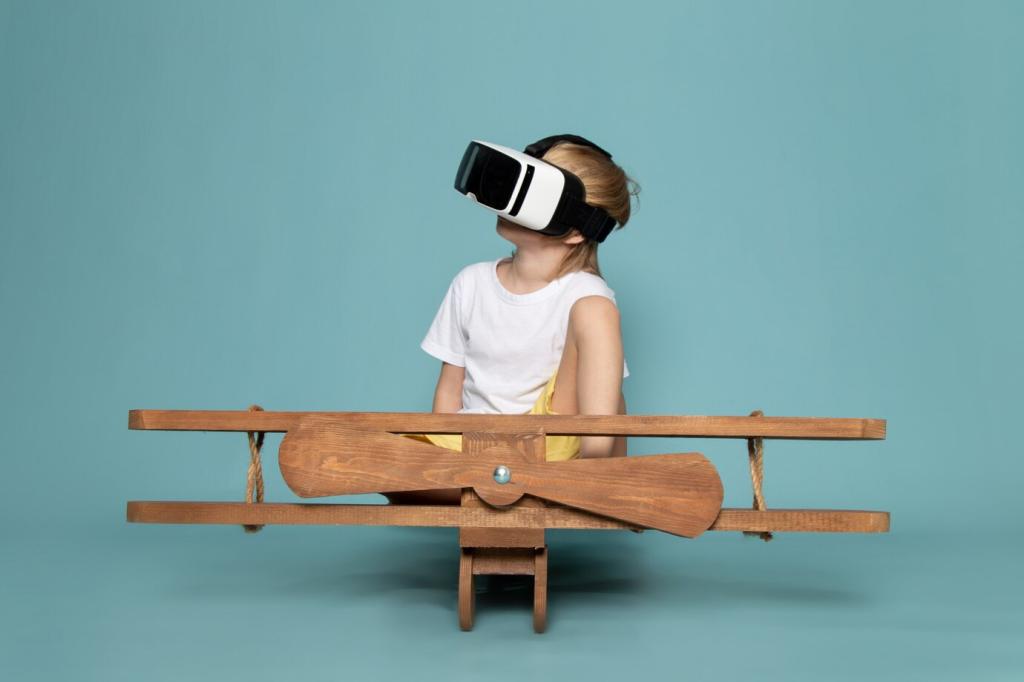
Technical Support and Infrastructure
Implementing VR in classrooms requires reliable infrastructure, from high-speed Wi-Fi to adequate device storage and charging stations. Technical support is crucial, ensuring that teachers can troubleshoot problems quickly and minimize disruptions to lessons. Schools must invest in training IT staff, establishing clear protocols for device management, and selecting user-friendly platforms configurable for classroom needs. With the right foundation, technical issues become rare exceptions rather than daily obstacles, opening the door to seamless VR integration.
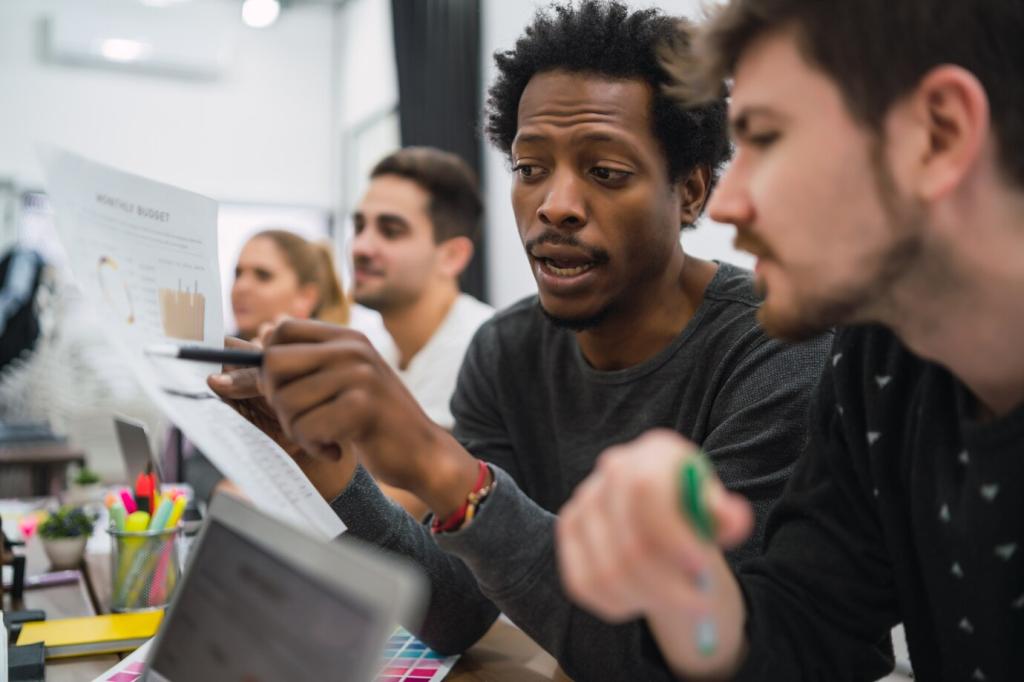
Aligning VR Activities with Curriculum Goals
For VR to truly enhance learning, activities must be closely tied to curricular goals and standards. Educators should identify key competencies or knowledge students need to master, then select or design virtual experiences that directly support these outcomes. Well-aligned lessons can help students visualize abstract concepts, practice skills in a safe environment, and apply their learning to real-world contexts. Careful planning ensures that VR serves as a catalyst for achievement rather than a gimmick or distraction.
Scaffolded Instruction and Reflection
VR-based lessons should be designed with guided instruction and structured reflection opportunities. Before entering a virtual environment, teachers can introduce new vocabulary or concepts, priming students for what they’ll experience. While in VR, prompt-based activities or checkpoints can direct attention to critical details. Afterward, structured reflection through discussion or journaling consolidates learning and encourages students to evaluate both the content and the experience. This scaffolded approach maximizes the educational impact of each immersive session.
Assessment and Feedback in Immersive Environments
Assessing learning in VR requires new strategies, as traditional tests may not capture the skills and understanding developed through immersive experiences. Educators can use performance-based assessments, observation, and student self-reflection to gather evidence of learning. Many VR platforms now include analytics that track student progress and participation. Immediate feedback—both automated and from the teacher—helps students recognize strengths and areas for improvement. By embracing diverse forms of assessment, educators can more accurately measure the unique learning gains made possible by VR.
Visual and Kinesthetic Learners
VR is especially powerful for students who learn best through visual or hands-on experiences. By immersing these learners in rich, three-dimensional worlds, VR allows them to manipulate objects, observe processes in action, and interact with their environment in ways that enhance understanding. Kinesthetic learners, in particular, can benefit from activities that require movement, activity, and experimentation. Through these modalities, VR helps translate abstract ideas into concrete, memorable experiences tailored to student preferences.
Supporting Students with Disabilities
Virtual reality can be customized to support students with a range of physical and cognitive disabilities. For those with mobility challenges, VR can provide access to places and activities that would otherwise be out of reach, such as virtual field trips or science labs. Audio and visual adjustments allow students with hearing or vision impairments to participate fully. Moreover, thoughtfully designed VR experiences can reduce cognitive overload, offer alternative means of communication, and build confidence in a supportive, low-risk environment.
Preparing Students for the Future
Developing Digital Literacy
As students navigate virtual environments, they build digital literacy skills that are increasingly essential for both higher education and the workplace. VR requires learners to interact with new interfaces, understand information security, and evaluate digital content critically. These competencies foster adaptability, enabling students to confidently approach new technologies as they emerge. By embedding VR in curricula, educators nurture responsible, informed technology users ready for a rapidly evolving digital landscape.
Building Collaboration and Communication Skills
Many VR experiences are designed for group participation, encouraging students to work together to solve problems or complete tasks. These collaborative environments strengthen teamwork and communication in unique ways—students must articulate ideas, negotiate roles, and resolve conflicts in real-time, often within imaginative or simulated scenarios. As a result, learners develop social-emotional skills alongside subject knowledge, preparing them for success in project-based careers and global teams where collaboration across distances is the norm.
Cultivating Creativity and Problem-Solving
VR sparks creativity by allowing students to experiment, take risks, and approach challenges without fear of real-world consequences. Learners can design solutions to engineering problems, create works of digital art, or explore unconventional strategies in simulated environments. This creative freedom encourages resilience and innovation, key attributes in a rapidly changing economy. By integrating VR, educators foster an entrepreneurial mindset, inspiring students to think critically, ask questions, and pursue novel ideas with confidence.
